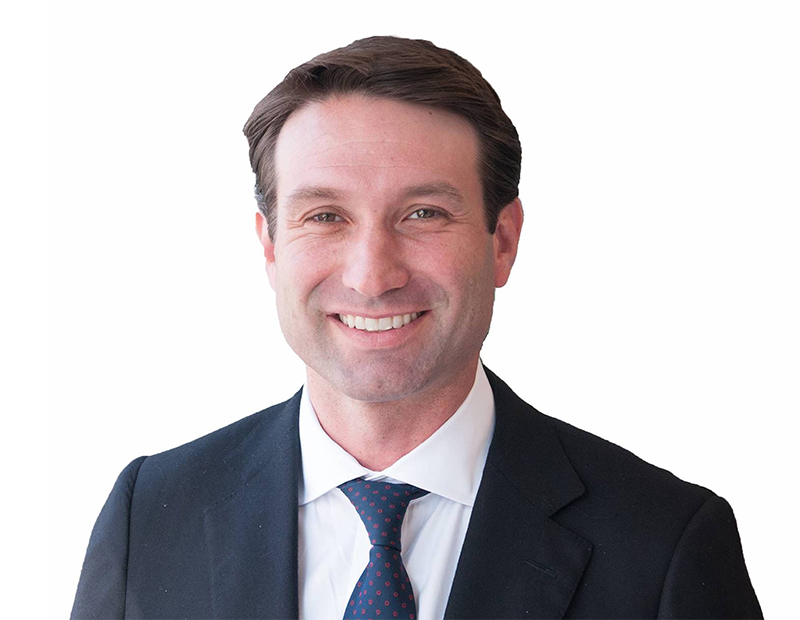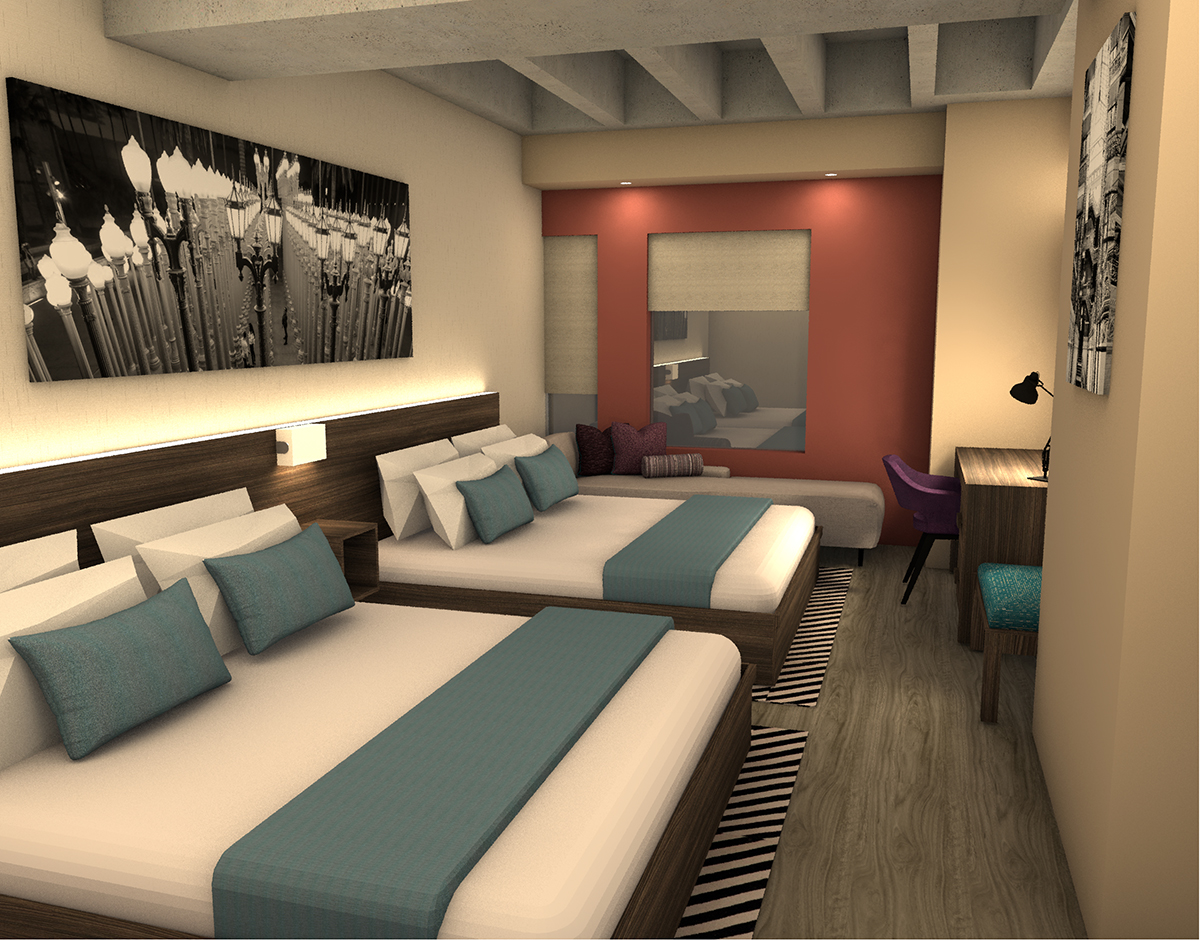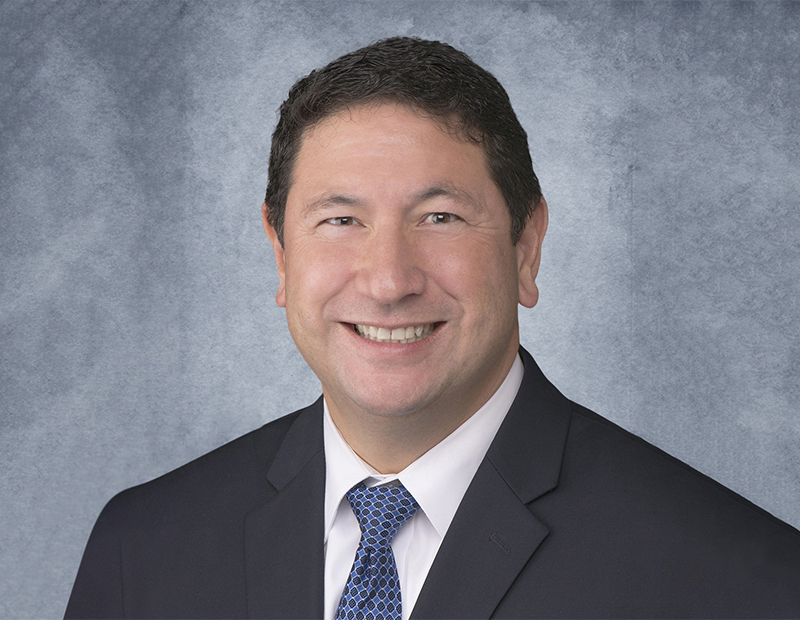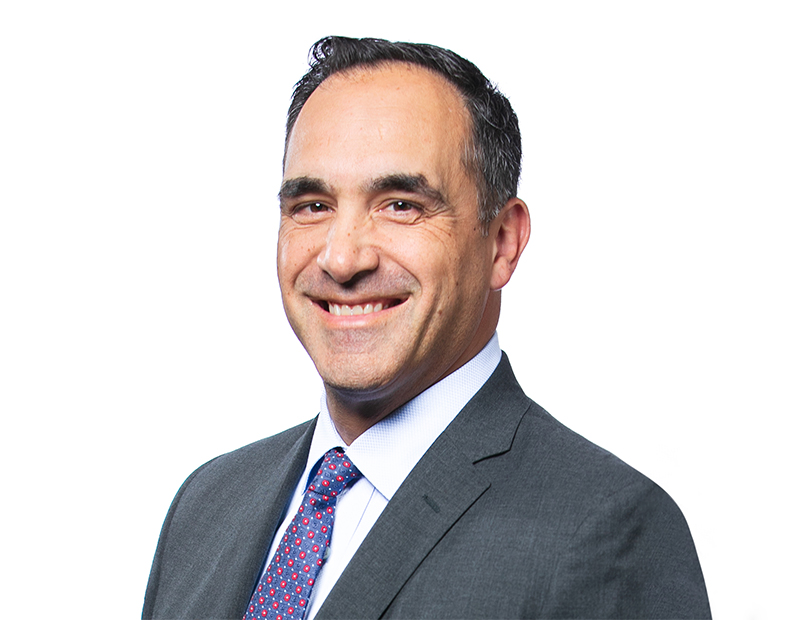Sector-by-Sector Real Estate Review
Commercial real estate investors hope for the best as downturn looms.
After a sluggish start to 2019 in most commercial real estate sectors, investors have plenty of dry powder on hand—as much as $200 billion, by some estimates. The pace of investment activity is expected to vary considerably among the major property categories, continuing a pattern established early in the year. Each major asset category offers attractive opportunities, though the nature of that potential varies widely.
Depending on the sector, the best bets for yield during the second half may take the form of value-add plays, specialty asset categories, or previously overlooked opportunities in secondary and tertiary locations. This report surveys the trends that will shape investment dynamics in the major property groups.
Industrial Pack Leaders
The industrial sector continues to contend for the title of the industry’s most sought-after, opportunity-rich category. Rent appreciation and expansion of direct-to-consumer retail are boosting the number of bidders for industrial assets, intensifying competition and driving valuations to record highs. E-commerce is creating demand for logistics and last-mile fulfillment facilities; meanwhile, stepped-up use of omnichannel platforms by brick-and-mortar retailers is likewise increasing the demand for warehouse and distribution space.

Scott Crowe, Chief Investment Strategist, CenterSquare Investment Management. Image courtesy of CenterSquare
Among those responding are institutional investors. In February, Nuveen Real Estate launched its U.S. Cities Multifamily Fund to acquire and manage premium assets in select markets. The first fund to close is anchored by a $450 million capital commitment and seed portfolio from a third-party investor, alongside a $100 million co-investment from TIAA, Nuveen’s parent company.
In this climate, identifying assets for acquisition poses a challenge, particularly in primary markets, and buyers are responding by casting a wider net. Industrial transactions increased 5.1 percent in secondary markets and 6.2 percent in tertiary markets against five-year averages, according to JLL’s Industrial Investment Outlook for the first quarter. JLL expects few industrial deals to exceed $500 million this year and speculates that investors will be chasing mostly single-market or smaller portfolios in the $150 million to $500 million range.
CenterSquare Investment Management seeks out older manufacturing facilities to modernize for its industrial portfolio. The assets offer attractive pricing and returns, and also tend to draw relatively few prospective buyers compared to coveted newer properties, reported Scott Crowe, the firm’s chief investment strategist.

Dwight Angelini, Co-founder & Managing Partner, Longpoint Realty Partners. Image courtesy of Longpoing Realty Partners
Longpoint Realty Partners invests in 10 cities along the East Coast and in Texas, focusing on industrial properties and grocery-anchored retail centers in areas with job growth and a strong university presence. In October, the Boston-based owner-operator closed its first fund with a capitalization of $250 million, having made some $50 million in acquisitions by midyear, with an additional $100 million worth of deals in the pipeline, according to Dwight Angelini, the firm’s co-founder & managing partner. Most of Longpoint’s industrial deals are value-add plays that require extensive renovation to meet the changing demands of logistics. Ground-up development is part of the firm’s strategy, as well, but “the returns have to be commensurate with the amount of work and risk we’re taking,” said Angelini.
Multifamily Diversifies

In downtown Los Angeles, Oceans V is redeveloping a 1928 office building as a 180-key Cambria Hotel & Suites. Mosaic Real Estate Investors provided a $51 million construction loan, which was arranged by HFF. Images courtesy of Choice Hotels
Coming off a record-breaking year for investment volume, the multifamily sector got off to a faster start that year than other major asset categories. Rent growth is outperforming in Sun Belt markets like Las Vegas, Phoenix and Tampa, JLL reports. Meanwhile, strengthening fundamentals throughout the Northeast have boosted investment activity in the region, whereas investors generally have more concerns over new supply across West Coast metros.
Multifamily transactions in the first quarter totaled $38.2 billion, up 13 percent year-over-year, according to JLL’s first quarter report. While activity in primary markets declined relative to the same period of 2018, tertiary markets captured a growing share of capital, accounting for 21.8 percent of deal flow. Foreign investors, in particular, are driving much of the multifamily investment in non-gateway markets. Cleveland, Columbus and Memphis are among the sought-after secondary and tertiary metros, noted Integra Realty Resources’ Viewpoint report.
Suburban Office Surge
For investors seeking opportunistic, high-yield office deals, the suburbs may exert the biggest pull. One factor is the migration of older Millennials from the cities to the suburbs as they start families. Real Capital Markets’ Mid-Year Office Investor Sentiment Report found that nearly 40 percent of survey respondents identified value-add suburban properties as offering the greatest opportunity in the office sector.

Alan Pontius, Senior Vice President & National Director of Specialty Divisions, Marcus & Millichap. Photo courtesy of Marcus & Millichap
However, investors concerned over cycle longevity are increasingly focused on primary and near-core secondary markets in a flight to quality. Although investor interest in value-add office product in core markets remains unabated, supply remains limited. That points to a larger number of midsize deals.
Medical office properties are generating substantial activity among private investors, particularly deals in the $25 million-and-under range. Properties trading at more than $50 million are generally targeted by institutional investors, according to Alan Pontius, senior vice president & national director of specialty divisions at Marcus & Millichap.
Retail Regroups

John Chang, Senior Vice President & Director of Research Services, Marcus & Millichap. Image courtesy of Marcus & Millichap
Overall, retail transactions during the first quarter were down 4.9 percent year-over-year to $11.1 billion, according to JLL. A notable exception: Power center transactions were up 30.4 percent. Retail investors have been cautious, despite 3.5 percent growth in core retail sales and other sound fundamentals, including rents and vacancy rates that are back to pre-recession levels, said John Chang, senior vice president & director of research services at Marcus & Millichap.
Though the influence of online retail is undeniable, “there’s another shift that has gained a lot less attention,” Crowe argued. “It’s the increase in demand for services.” CenterSquare’s retail investment strategy focuses on newer, high-occupancy shopping centers in the Sun Belt characterized by a combination of food and beverage and services like mobile phone stores, dentists and yoga studios. Those properties typically offer healthy cash flow and yields in the 7 percent range.
The firm expects to invest more in this asset class by the fourth quarter and aims to buy multiple properties in select metros for synergies and economies of scale. Last year, CenterSquare paid $19.8 million for Southtown Center, a 43,669-square-foot retail property with tenants including Moe’s Southwest Grill, Hair Cuttery and DaVita Dialysis.
Longpoint also invests in neighborhood shopping centers, usually grocery-anchored properties of less than 150,000 square feet in size with 15 to 20 tenants. In Nashville, Longpoint bought an 80,000-square-foot center anchored by a Barnes & Noble and is choosing a grocer to backfill 20,000 square feet. Service-related tenants and medical uses provide other possibilities, as they are increasingly seeking space.
Niche Knowledge
As of May, only one property category had posted a year-over-year uptick in investment sales volume compared to the first five months of 2018, according to Real Capital Analytics: senior housing and healthcare.

Frank Small, Chief Investment Officer, Greystone Health Investments. Image courtesy of Greystone Health Investments
Greystone Health Investments is approaching that market opportunistically, with a sale-leaseback strategy, reported Chief Investment Officer Frank Small. “In terms of acquisitions taking shape this year in the healthcare sector, we are seeing more publicly traded REITs reversing their investment strategies,” he said. “For the last few years, they have typically been net sellers, but in the first half of this year, we are observing more REITs being either net neutral—not selling—or actively buying.”
In the hospitality sector, key drivers—business travel, vacationers, trade show/conference attendance and international tourism—have pushed continued demand and growth. Tourism, healthy occupancy and RevPAR growth in smaller markets are attracting investor interest as they look to capture yield that exceeds gateway properties. Niche hospitality assets provide attractive opportunities and lenders are looking for more “unique opportunities,” particularly in hospitality.

Vicky Schiff, Managing Partner, COO & Co-founder, Mosaic Real Estate Credit and MREC Management. Image courtesy of Mosaic Real Estate Credit
Vicky Schiff, managing partner, COO & co-founder of Mosaic Real Estate Credit and MREC Management, said that the firm she co-founded in 2015 with Ethan Penner seeks “opportunities that are difficult to replace.” They also like to invest in new developments, noting that as lenders if something were to go wrong with the borrower, “we would end up with brand-new product.” Schiff said the firm sees a lot of deals and turns down about 80 percent.
In June, Mosaic provided a $165 million construction loan to Columbus Pacific to build a 233-key luxury condo hotel within the Park City ski resort in Utah. It will be operated as a luxury hotel by Pendry but also feature fully serviced residences for sale.
You’ll find more on this topic in the CPE-MHN 2019 Guide to Investing.








You must be logged in to post a comment.